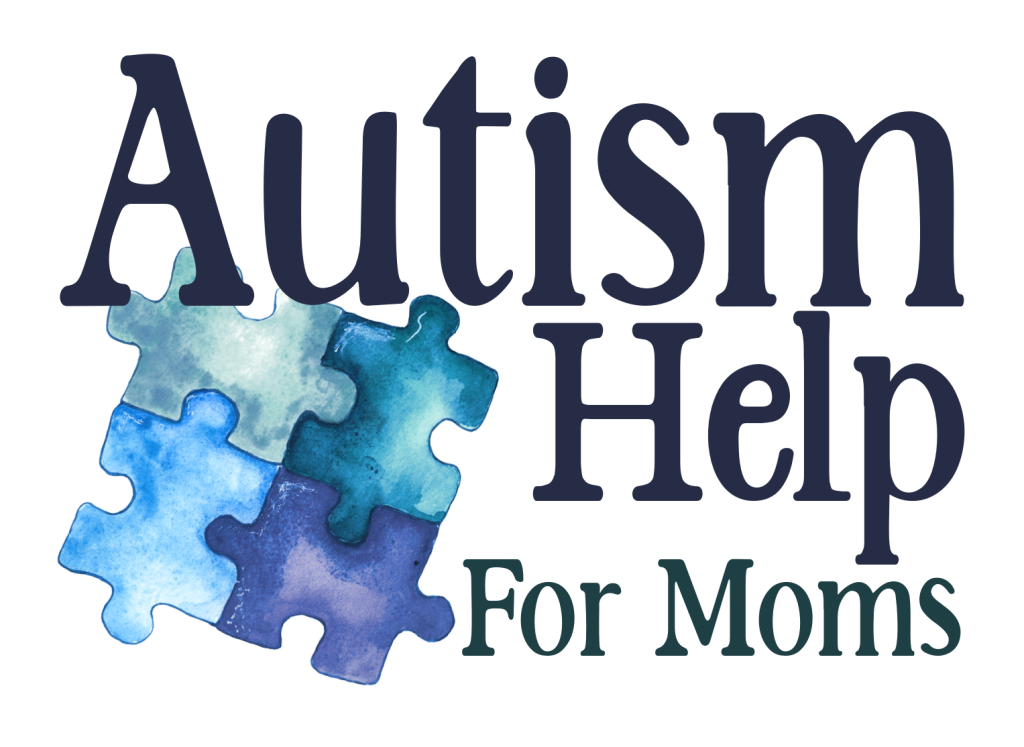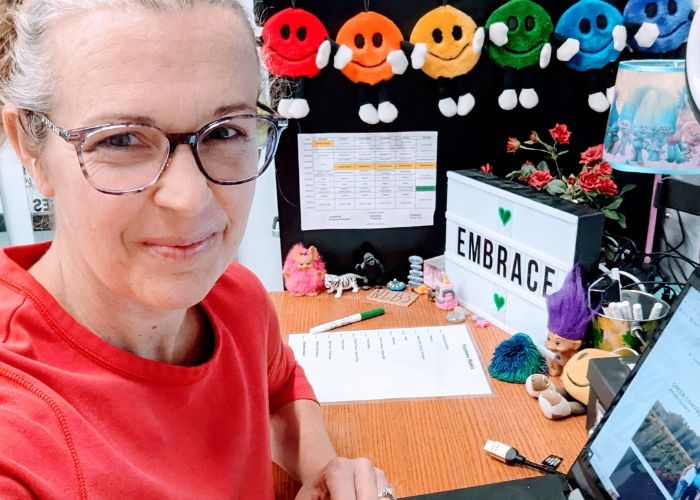Walking Into the Lion’s Den (aka Your First IEP Meeting)
I remember my first IEP meeting like it was yesterday. Tiny conference room, a table full of “experts,” and me—sitting there clutching a notebook like it was going to save me from drowning.
Inside, my heart was racing. My kid’s future was literally being discussed in that room, and I felt like I’d walked into a courtroom without a lawyer. IEP jargon flew around like confetti, and I wanted to scream, “WTF does that even mean?!”
So mama, if you’re about to walk into your first IEP meeting with sweaty palms and a brain screaming “what if I screw this up?”—breathe. I’ve been there. I survived. And you will too.
Here’s how to prepare like the badass autism mom you are, so you walk in calm, confident, and ready to get your child exactly what they need.
1. Know What the Heck an IEP Meeting Actually Is
An IEP (Individualized Education Program) meeting is where a whole team—teachers, therapists, school admin, and YOU—decide what support your child gets at school.
It’s supposed to be a collaboration. But let’s be real—it can feel like a fight.
Your job: be your child’s voice. Speak up for the accommodations, goals, and support they need to actually thrive—not just “get by.”
💡 Quick Win: Grab my free Autism Moms’ Guide to the IEP Process. It’ll save you from Googling terms mid-meeting while trying not to cry.
2. Gather Evidence Like a Lawyer
Walk into that room prepared AF. Bring:
- Evaluations
- Doctor’s notes
- Teacher emails
- Outside therapy reports
I’ve literally walked into meetings with ten file folders. Did it make me look “extra”? Yep. Did it make them take me seriously? Absolutely.
You know your kid better than anyone else. Don’t let anyone tell you that you’re over-prepared—you’re protecting your child’s future.
3. Write Down Strengths and Struggles
This one’s huge.
Write down:
- 2–3 strengths your child absolutely nails
- 2–3 areas where they need serious support
Because sometimes, schools only see behavior. Or only see academics.
For my son, teachers thought he was “fine” because he didn’t melt down at school. What they didn’t see? The hour-long daily explosion the second he walked in the door at home because he’d held it all together for eight straight hours.
If you don’t tell them, they won’t know.
4. Learn the Lingo (So They Don’t Talk Circles Around You)
IEP meetings are full of acronyms that sound like secret codes:
- PLAAFP: Present Levels of Academic Achievement and Functional Performance (describes a student’s current abilities and performance in academic and functional areas, including how their disability affects their ability to access and progress in the general education curriculum)
- PWN: Prior Written Notice (a legally mandated document that parents in special education receive from the school system when the school proposes to or refuses to take action regarding their child’s identification, evaluation, or educational placement)
- LRE: Least Restrictive Environment (a principle in special education, requiring that students with disabilities be educated with their non-disabled peers to the maximum extent appropriate)
- BIP: Behavioral Intervention Plan (a formal, written plan designed to address challenging behaviors that interfere with a student’s learning or the learning of others)
And don’t forget accommodations and goals—you need to know these cold.
Example:
- One of my son’s goals: “Remain on task with 80% accuracy while ignoring distractions.”
- One of his accommodations: extra time for tests + small group instruction.
💡 Quick Win: I break down ALL these terms in my free guide. Save it on your phone—trust me, you’ll thank me mid-meeting.
5. Bring the Questions They Won’t Hand You
Don’t expect the team to tell you what to ask. Walk in ready to fire off questions like a boss:
- How will progress be measured?
- How often will I get updates?
- Who exactly is on my kid’s “team”?
- What happens if they don’t meet their goals?
And don’t be afraid to follow up with:
“Cool… can you put that in writing?” 😉
6. Don’t Go Alone if You Don’t Have To
Bring backup—a friend, spouse, advocate, or someone who can take notes while you focus on the big picture.
You’re walking into an emotional battlefield, mama. I once bawled through an entire meeting and had zero tissues (rookie mistake). So, pack your Kleenex AND your support person.
7. Remember Who the Real Expert Is (Hint: It’s You)
Newsflash: nobody knows your kid like you do. Not the teacher. Not the principal. Not the school psychologist with a clipboard full of data.
You’ve been advocating since day one. This is just the formal version of what you do every single day: fighting for your child’s right to be seen, heard, and supported.
Trust your gut. If they say, “She doesn’t need that support,” but you know in your bones she does? Speak up. Hold your ground. That’s how real change happens.
Final Thoughts: You’re Stronger Than You Think
That first IEP meeting might feel like a mountain you’ll never climb. But here’s the truth: you’ve been climbing mountains for your child since day one. This is just another one—and you’re not climbing it alone.
💛 Want the full lowdown on everything I wish I knew before my first IEP meeting?
Grab my free Autism Moms’ Guide to the IEP Process and walk in like you own the room.
Because mama, you’ve got this. And when they see you coming? They’ll know they’re dealing with one unstoppable force. 💥
If you found these tips helpful, share this post with another autism mom who might need a little extra encouragement today!


